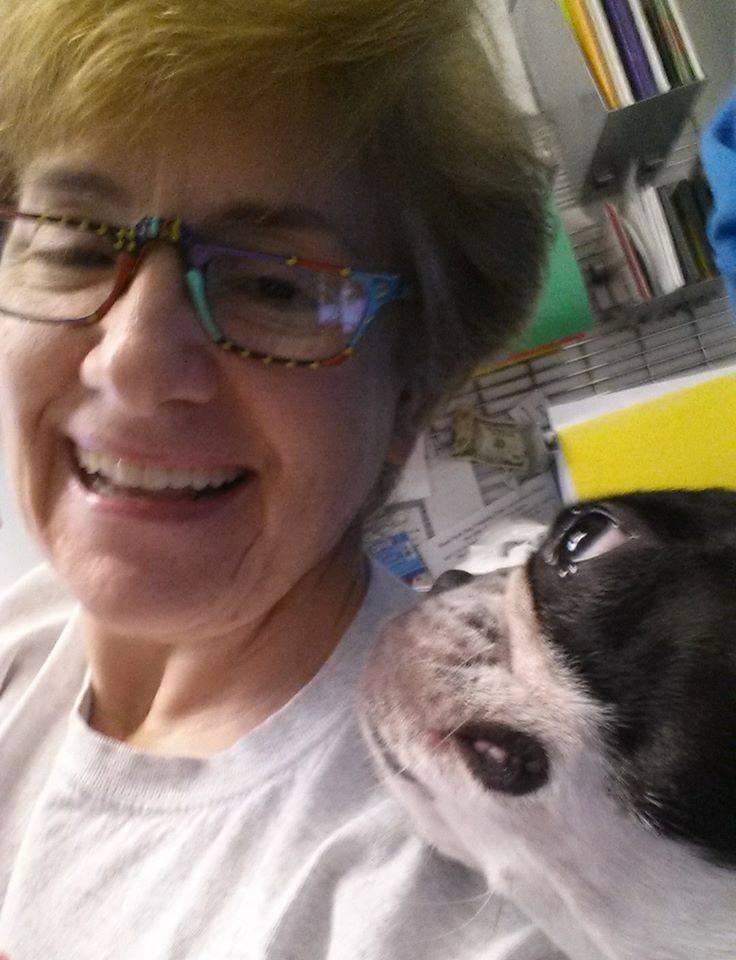Dogs are capable of understanding hundreds of words. However, that doesn’t make them great conversationalists. When talking to your dog, keep it short and simple. And use your “mom” voice.
We have some dog training students who seem to have non-stop discussions with their dogs. And, predictably, their dogs pay little or no attention when they talk. What the dog hears is like the nonsense syllables of adults in the Charlie Brown cartoon shows: “Blah, blah, blahbity blah.”
Mean what you say

Sometimes, you just talk to your dog. You’re just relaxing and hanging out, so you share the day’s events, or talk about plans. Or even just sing along with whatever song is playing. Dogs are great companions – that’s their number one job. And if you’re doing it right, you may even get that adorable head tilt.
Then there are times when you need your dog to pay attention and you want him/her to do as you say. Whether that’s “Stay!” when you’re carrying groceries into the house, or “Sit!” instead of jumping on Grandma when she’s offering a treat.
Those are the times you need your dog to understand and obey. We hesitate to use words like “command” or even “obey.” They convey a harshness that’s not necessary.
Mom voice
It’s more a tone of voice that lets the listener know you’re serious. Remember when your Mom asked you to take out the trash? You probably either ignored the first request, or responded “In a minute.”
For the second ask, her tone was less asking and more telling. And the third time, she used “mom voice” and you got up and took out the trash.
It didn’t mean she was angry – just that she really meant it that time. When you need your dog to obey, use that Mom voice. You don’t have to sound harsh, or belligerent. But you do have to sound like you mean it and that you expect your dog to do what you’ve said.
Silence is golden
If the first part of the equation is short, definitive speech, the second part is equally important. Once you’ve said “Dog, Sit!” shut up. Wait for your dog to process what you’ve said and do it.
If you keep talking, or repeat the command multiple times, your dog will either disregard the meaningless chatter, or wait for you to sound like you mean it.
We see it all the time. When the dog doesn’t do something instantly, the person repeats it. And teaches their dog that saying “Sit!” happens some number of times. It becomes a part of the behavior.
Part of the routine
Before you know it, you have a dog that waits until he/she hears it three times before doing it, whatever it is. Dogs are good at learning patterns. If it’s your pattern to chatter and repeat, it could be a factor in why your dog is slow or seems confused.
One of the most overused words dogs hear is their own name. Especially when people bark their dog’s name to get their attention. Either add a command to tell your dog what you want (and reward them for doing it), Or acknowledge and reward when your dog looks at you when you say his/her name. As we’ve said before, your dog’s name doesn’t mean much by itself.
Don’t neglect to give your dog a reason to pay attention. Deliver the information your dog needs Clearly and concisely. And always reward (treats, toys, praise, pets) when they do what you said.
Clear, concise communication is the goal.






